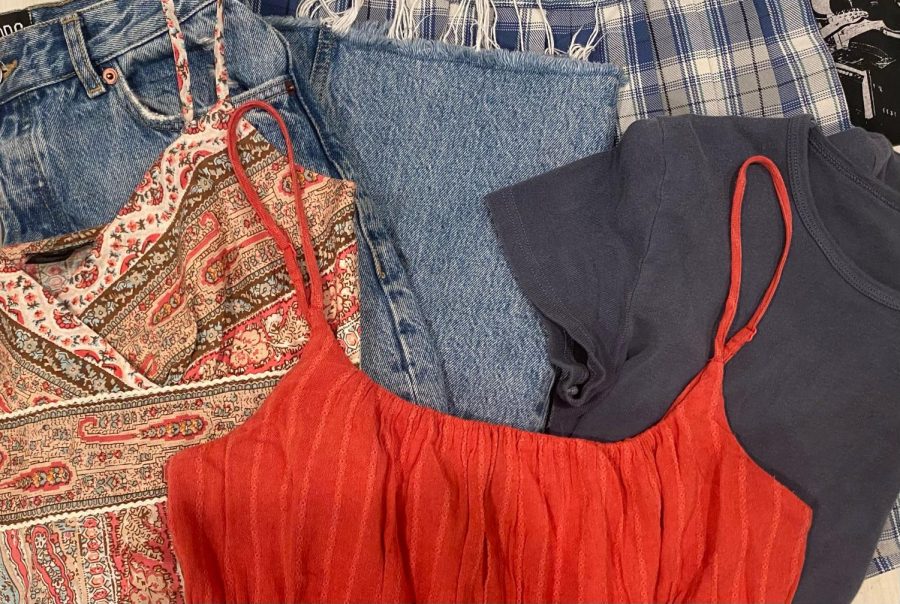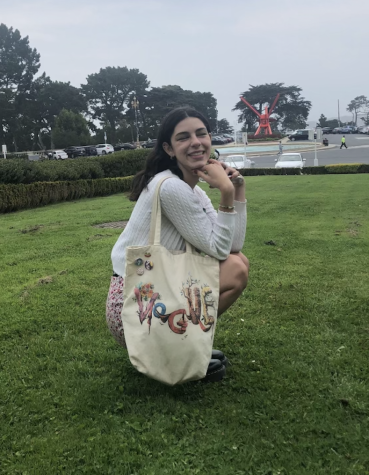Fast Fashion: Trends Gone in a Flash
The environmental implications of rapid consumerism
October 9, 2022
The word “trend” isn’t new to our vocabulary, but the rate at which trends are cycling is a new phenomenon. Words like “microtrend” and ”hypercycle” are now emerging to describe our increasingly fast-paced trend cycle and though often criticized, fast fashion has proved to be an indomitable force. Styles and trends are shared across social media on platforms like Instagram, Tiktok, and YouTube, which offer a space for people to share massive clothing hauls, often from fast fashion sites. These fast fashion brands grant high clothing haul volume thanks to low prices. But what happens when these brands keep releasing new clothes? What happens when these clothing hauls become weekly traditions? No one has that much closet space and the low prices will quickly add up. With the lifespan of trend cycles decreasing, two main issues are presented: the first being the issue of sustainability and the second being the financial impact of this buying.
It’s no secret that fast fashion has had an extreme environmental impact, ranging from excessive water usage to carbon emissions. Clothes have filled landfills as trends quickly become dated and the clothing industry has left evidence of waste at every step of the production process. From carbon emissions produced by factories, plastic-wrapped packages, and landfill overload, fast fashion is damaging every step of the way. While not only harming the environment, keeping up with trends isn’t financially sustainable either. Fast fashion items are often cheaply priced thanks to inexpensive labor and materials, allowing consumers to buy products in bulk. But when last week’s shirt goes out of style and poor-quality pants begin to tear, the consumer is left with a dilemma where the obvious solution is to keep buying. Here the buyer can make a choice…
So what other options are there? We can support fast fashion’s antithesis, slow fashion, a growing movement to bring awareness to the fashion industry. Slow fashion takes into account the environment and people to sustainably produce quality pieces of clothing. We can slow down, lower consumption rates, invest in quality products over quantity, buy secondhand, participate in clothing swaps, and shop locally. Ultimately, big corporations will have to be the ones to reverse the negative environmental effects of fast fashion but in the meantime, mindful spending is a good step for individual environmental activism.


